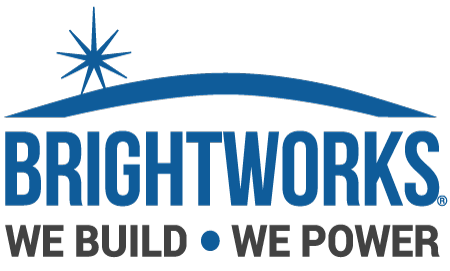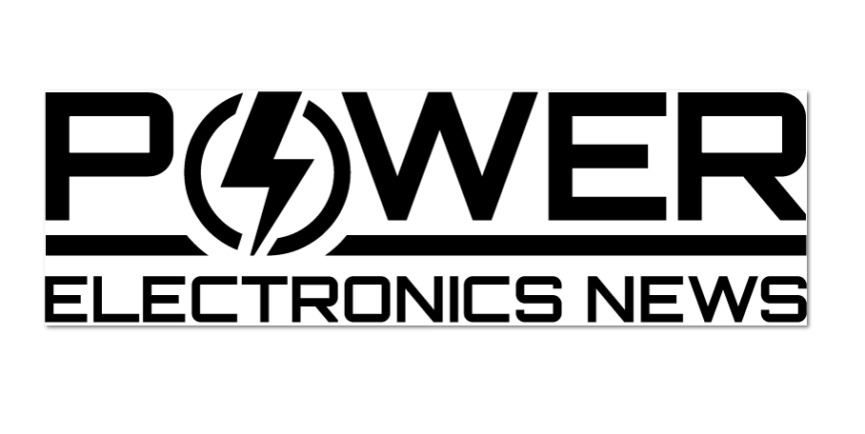Alix Paultre: Tell us a little bit about the market space you currently serve.
Robert Carl: Here at Group Intellect Power Technology we look at markets where our products are consumed, and why. Most traditional power electronics companies tend to segment the market into verticals and evaluate along the lines of medical, industrial, ITE and lighting markets. That’s the traditional market segmentation, and many industry researchers follow suit. Many market CAGR projections are based on those industry segments in order to determine growth vectors.
We consider the markets a little differently. We look at the markets horizontally, which gives us more insight into what the motivations are behind certain emerging trends, and which trends will drive products for our customers. This gives us important insight on our future product roadmap. We make power supplies for a wide variety of end products, from consumer entertainment and telecom to industrial, LED lighting, and medical applications.
To illustrate the point, we consider consumer entertainment as a horizontal segment. We ask ourselves, “What kind of products will be the next generation of entertainment products? The answers can vary, and that’s ok because we don’t necessarily say, “We’re a power supply company that just does power supplies for a given niche within entertainment.” We service the broad entertainment segment. So, we think about entertainment from a consumer perspective. What entertains the consumer? How do they consume video? Do they watch TV by use of cable or satellite set-top boxes, or Smartphones/iPads connected to Wi-Fi routers? These components are all part of the consumer entertainment experience and we build internal and external power supplies to power or charge these products.
Taking it a step beyond video entertainment, another category within the broad entertainment horizontal space, that is very strong for us, is audio entertainment. Consumers are increasingly enjoying audio and streaming media through soundbars, portable speakers, Bluetooth speakers, and the like. All of these products require battery charging, embedded power, or external adapters to produce the sound.
LED lighting is another aspect within the entertainment segment. DJs started using LEDs a few years ago, and now a lot of entertainment venues large and small are using LED lights, light bars, moving head fixtures, etc. Its worldwide, not just here in the U.S. As a side note, I had a free weekend a couple of months ago while on business in Vietnam, and decided to look for a jazz bar. I went to this little place called Binh Minh’s Jazz Club – a nice little place tucked back in an alley. The jazz trio featured the owner on lead saxophone. He was phenomenal. However, guess what, even that little jazz club had LED lights dancing across the stage and providing mood lighting. Very nicely done.
Alix Paultre: You have manufacturing plants in Vietnam?
Robert Carl: Yes, we do business in Vietnam today. The war was 40-plus years ago. Since then, global trade has changed, people change, the environment changes, our cultures change, industrialization changes. In the last 40 years, the first 20 or 25 have been a slow process for Vietnam in terms of industrializing the nation, but in the last 15 years, they’ve really stepped up their game in attracting foreign capital.
It’s a new world.
Today our company has a thousand people that work at our Vietnam factory just
outside Ho Chi Minh City (formerly known as Saigon).
From our perspective, Vietnam is a great place to have our manufacturing
plants. It’s a huge advantage versus exporting from a country where the trade
war tariffs will start to affect Customer’s costs.
Where are companies going to go to build their products? If they want to stay in the far east, the general options are the five tigers. And one of the five tigers is Vietnam. We think Vietnam is positioned very well to capture more and more manufacturing, and we’re already seeing an influx of companies that are moving out of China into Vietnam.
As you know from your
years in our industry, infrastructure is important too. You’re probably not
going to bring your electronics company into Laos. Our leadership team looked
at Laos, Thailand, Indonesia, Myanmar, Cambodia and the Philippines before
making our investment decisions. And we settled on Vietnam for the following
reasons: A) growing infrastructure; B) supply chain growth and the leveraging
of LG’s and Samsung’s huge presence and C) because the work ethic, labor rates,
and language skills in the labor force are good.
In addition, the Vietnamese people are genuinely interested in working hard,
learning and growing. As the economy grows, Vietnam will have a burgeoning
middle class eventually. At this point, the labor rates are very stable, and
people are available. By contrast, it’s become very difficult to hire and
retain people in China.
Alix Paultre: What’s going on in the power space and the challenges and opportunities in Asia, especially China?
Robert Carl: As I talk to other leaders in the power space, the key issue is instability and cost of labor.
Alix Paultre: That’s a big problem, Rob. Balance for us the issues, from your perspective, which is the bigger problem right now, the trade war or the labor issues?
Robert Carl: For our company, the trade war is less of an issue. Most of the products we build in China, stay in China. So, we are not exporting much out of China back to the U.S. Our customers use the product in-country for the most part.
Alix Paultre: China is more important as a marketplace?
Robert Carl: For us, yes. I know that traditionally American branded power supply companies have had some challenges in penetrating the Chinese market due to cultural barriers, language and perceptions. For us, it hasn’t been as much of an issue because our founder Daniel Ma is from Hong Kong and is well respected in China for over 30 years. He holds a BSEE degree from a major U.S. university and is fluent in Chinese and English.
Alix Paultre: He knows what he’s doing?
Robert Carl: He knows exactly what he’s doing as he has been operating in China since 1989. We’re a known entity within China, our engineers speak the language, and we have three design centers in China. So, we’re local in terms of hands-on designers, Chinese to Chinese. So that’s helpful in capturing business in China.
Let me share with you why the trade war is not affecting us in a negative way. What our leadership did 10 to 15 years ago was lay a strategy for our footprint. Daniel Ma had the foresight to expand our rooftop strategy and look at alternate places to build product, way ahead of the trade war issue. He foresaw labor rates climbing and labor attrition issues coming down the line.
And at that time, he selected Vietnam. We established a foothold there and built up a positive reputation in Vietnam with labor and with our customers. For the past 10-plus years that we’ve been in Vietnam, we have seen the output and the quality levels firsthand – and they are excellent. In recent months, we have seen a shift by some of our customers, who have traditionally bought products only from China, asking, “We heard you are building power products in Vietnam and you are at scale with a pretty sizable operation. Are you interested in manufacturing more of our power products in Vietnam?”
If we didn’t have great quality out of our Vietnam operations, if we didn’t have an established vertically integrated factory, if we didn’t have a long-standing team of Vietnamese managers in our Vietnamese operations, and if we didn’t have a stable group of a thousand people, it would be tough to convince customers. But in our case, we say, “absolutely, let’s bring in new business and ramp you up.”
We are very bullish about building power conversion solutions in Vietnam, so much so that our leadership team broke ground in March of this year on our new campus, situated on 40 acres. We are putting up an additional 160,000 square feet of manufacturing space, for phase one. In phase two, we will add another 160,000 square feet.
Alix Paultre: And where is it again?
Robert Carl: Our first factory is in Dong Nai, South
Vietnam just about 60 km outside of a Ho Chi Minh City. We’re not closing our
first factory – it will remain open. Our new campus is in Long Thanh, about an
hour from the first factory and about an hour from the Saigon airport. I was
there just a few weeks ago. Five buildings are up, rooftops are on, walls are
on, floors are installed. Our new SMT facility and new high-volume injection
molding facilities are in the final phases.
Our customers are very pleased with the quality, the costs and our ability to
ship from Vietnam. We expect to continue to expand because our customers are
growing and want us to build their products in Vietnam. And that’s really what
is going to fuel our expansion. We’re well over $100 million in revenue
today, and our goal is to reach $250 million in the next couple of years. We
realize we’re not the biggest company in the power business. Some of the
biggest guys in the business are based in China and may potentially face some
tough challenges ahead. Our growth could very well be fueled because of our
leadership’s foresight in world-class manufacturing in an emerging industrial
nation.
Alix Paultre: Well, that’s a great way to end our discussion. Thank you, Rob.

